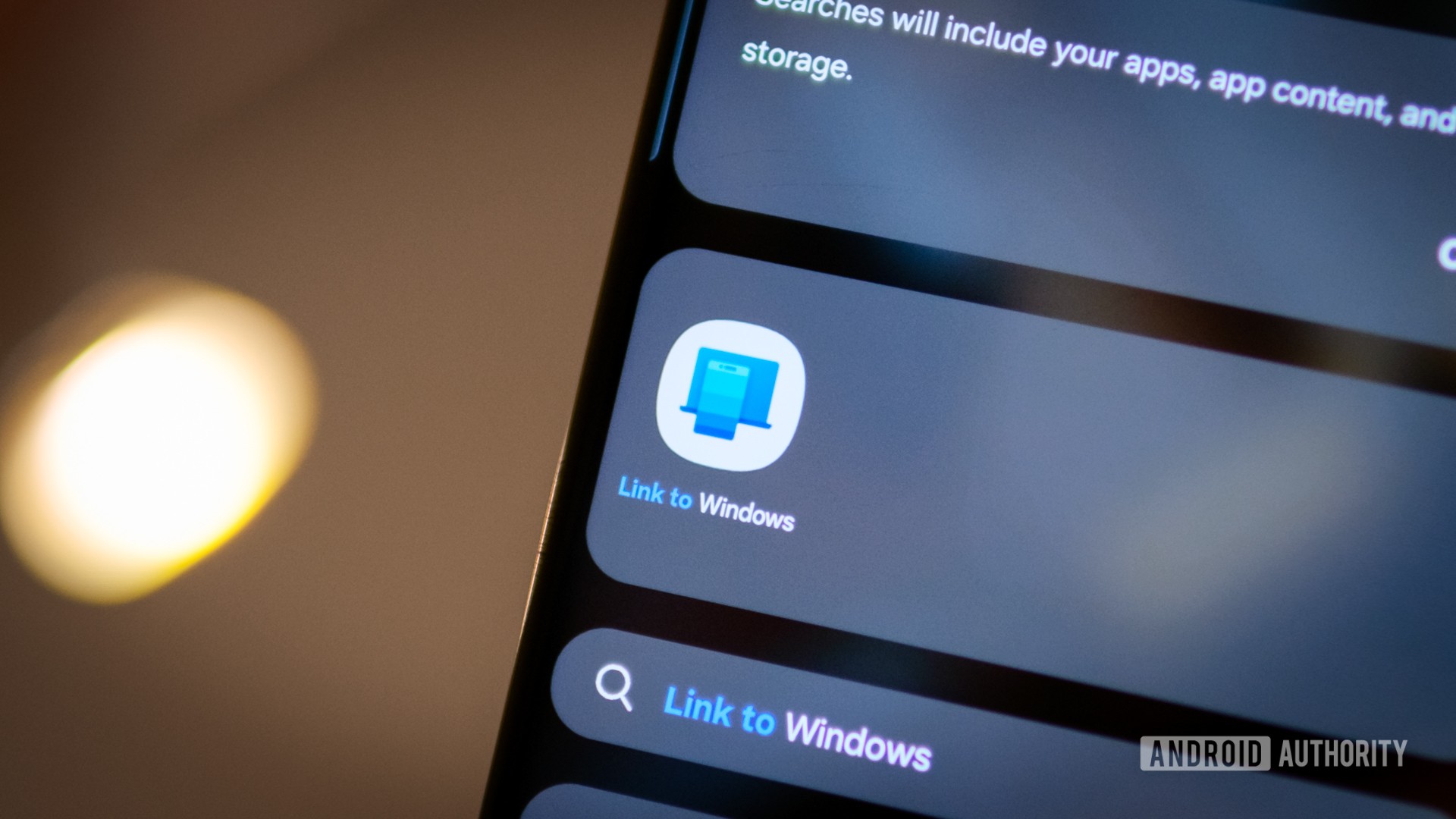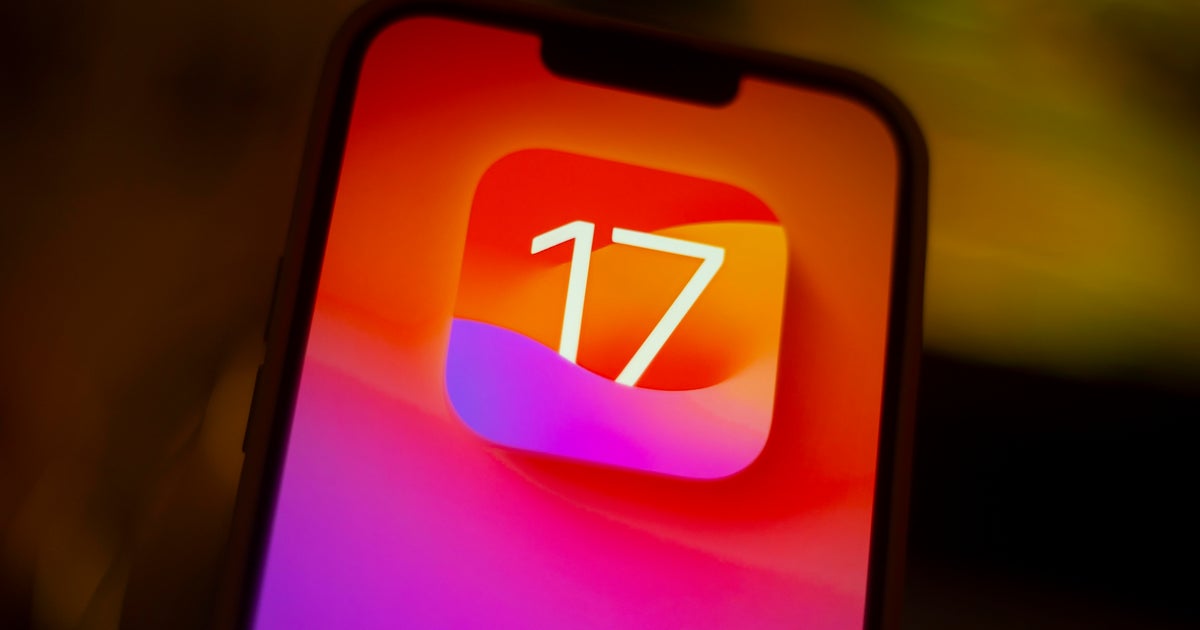The teen later realized that the location data pinpointed the wrong house, according to prosecutors. Five people in the house died, and two of the teens are facing murder charges.
Last year, a SWAT team in Denver looking for a truck with stolen guns and an iPhone mistakenly raided the home of a 77-year-old woman.
A lawyer for the woman, Ruby Johnson, says police relied on location data from the Find My app that took them to the wrong house. (The Denver Police Department declined to comment.)
Location tracking information in Apple’s Find My technology and similar software for Android phones can be incredibly useful, as are location trackers such as Tile and Apple AirTags that can help find your keys buried in the sofa cushions.
But as the two cases in Denver show, those location identifying technologies are not always accurate and the consequences can be dire.
The bottom line: You shouldn’t entirely trust location identifying technology.
There’s a contradiction in our faith in technology: We know that technology makes mistakes, but we can also be overconfident that it gives the right answer.
Maybe you’ve followed GPS driving directions that took you to the wrong place or used email autosuggestion features that wrote something you didn’t mean to say.
There’s no fix for our occasional over reliance on technology, but awareness helps. Here is why location tracking features can be inaccurate, how to use them productively and when it’s worth considering alternatives.
Location technology is not magic. It’s a best guess.
Most location pinpointing technology, such as Google Maps and Find My features in your phone, use multiple signals to approximate where you are.
Phone sensors calculate where the device is by connecting to GPS satellites. Other sensors estimate your location by pinging nearby cellphone towers and still others by estimating location from WiFi connections.
The tracking devices from Tile and Apple rely on Bluetooth signals bouncing off nearby phones to triangulate the location.
These technologies can be incredibly accurate, but they’re not flawless.
Any location data technology “can get you within a matter of feet or inches or can be off by potentially quite a bit,” said Albert Fox Cahn, founder of the Surveillance Technology Oversight Project. “There is no perfect way to know where someone is.”
Most of you have probably experienced location data mistakes. Google Maps once told me to make a U-turn in the middle of Northern California’s Bay Bridge. (That’s not possible.)
My colleague Heather Kelly, who has written about people using AirTags and Tile devices to track stolen cars or to keep tabs on their children’s whereabouts, says the devices can be unreliable in rural areas and that the location information everywhere is regularly delayed by at least several minutes.
Still, location data is good enough most of the time that we can lose sight of its imperfections, especially when we’re stressed.
“Because it’s close enough often enough, we upgrade that in our mind to being perfect,” Cahn said.
Google said that people using Find My Device, the software that shows the location of Android smartphones, see a one-time disclosure that the device location is approximate and might not always be accurate. Apple pointed to a document that says its device location data is approximate.
Tile didn’t respond to a request for comment.
This is more of a human shortcoming than a technological one
Location tracking technology can be so useful and cheap — Bluetooth trackers might cost as little as $20 to $30 each — that it can feel like a no-brainer to slip an AirTag device into your luggage or into your kid’s backpack for some peace of mind.
There are a bunch of TikTok videos of people using Find My apps to confront the person they believe stole their phone.
Before you do any of that, consider the potential ramifications.
Please do not try to confront the person you believe stole your phone or your car. You are risking your safety — and the location information might have blamed the wrong person.
(If you ask the police, they might or might not help you get back your stolen property. I know that may not feel fair.)
Maybe it’s helpful for an AirTag to show that your lost luggage is in Omaha, but it isn’t a guarantee that you’ll get it back.
If you believe that your phone is lost or stolen, definitely use the Find My technologies to lock your device from another phone or computer and delete the information. That’s what those apps are best at.
(Apple has instructions here for using its Find My device location software, and there are steps here for Android’s Find My Device. Read more from Chris Velazco about what you should do if your phone is lost or stolen.)
Before you use a location tracking device on other people, make sure they know about the device and agree to wear it.
Cahn also said that it’s worth considering alternatives that could be both more accurate and avoid some of the pitfalls of location-monitoring technology.
If you’re worried about a friend’s safety during a night out or worry about your kid walking to a neighbor’s house, Cahn said that it could be better to stay in touch with texts or phone calls.
“Often active communication is way better and more accurate than simply turning to tracking,” he said.










